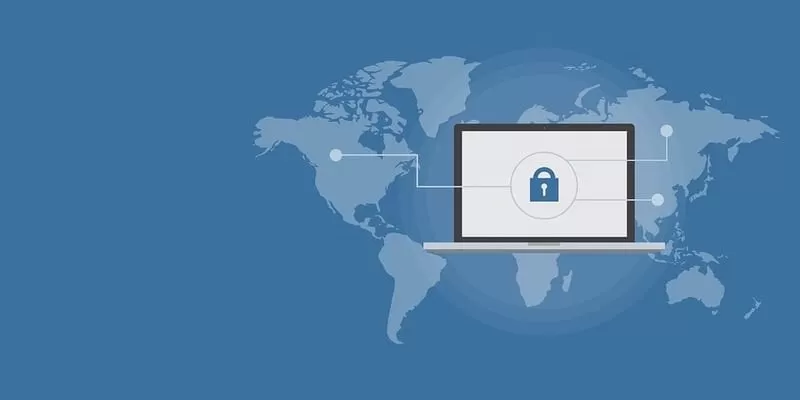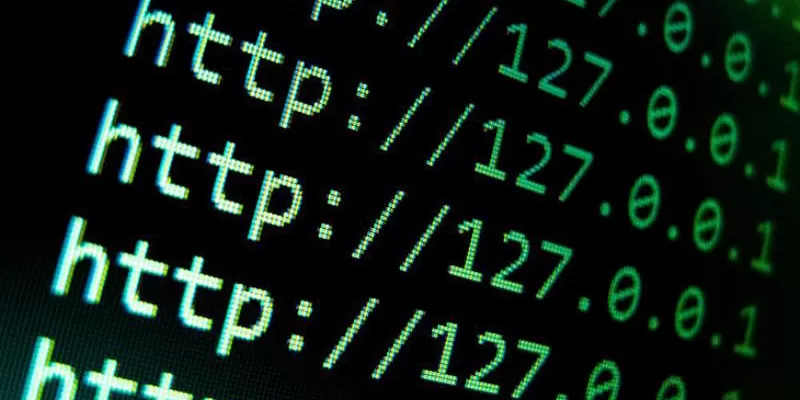
Compare static IP address and dynamic
When connecting the Internet to your home or office, the provider may offer to issue a static IP. True, you will have to pay extra for this — from 50 to 3 dollars a month. And the subscriber may have a question — “Is it worth overpaying? Why do you need a static IP at all?
Let’s figure out how a static IP address differs from a dynamic one and whether it is worth paying extra for it.
What is an IP address anyway?

The entire Internet works thanks to addressing. The subscriber’s computer sends data to the servers, which, in turn, send other information to the subscriber. And in order for this very data to be sent to the exact server or subscriber that needs it, there is a principle of addressing.
Each device connected to the network has its own address. In an IPv4 environment, it consists of four sets of three digits. Computers, routers, and servers also have an IP address. And the provider, connecting the user to the Internet, gives him the same one.
So, the IP address is the address of the computer by which it can be identified on the network.
It works like this:
-
Let’s say you want to visit our site, and enter its name in the search bar of your browser;
-
The computer determines the top node of the local network (router) and sends it the command “Go to such and such a site”;
-
The router, having received this command, forwards it to the provider’s nodes;
-
The provider’s equipment accesses the root domain nodes, finds out the site address and sends the request to the site;
-
The server with the site transmits data to the provider;
-
The latter resends the data to the router;
-
The router sends data to your computer.
Thus, for the Internet to work, it is necessary to constantly know the addresses of the computer, router, equipment of all intermediaries, site hosting, as well as root domain nodes. And this is simplified! Without IP addressing, no network — local or worldwide — simply could not work.
And finally, the «ipishnik» can be compared with the usual postal address — well, in which the city and street are indicated. In fact, both of them are needed in order for the information to reach a specific recipient. And how this information looks like — like a paper sheet or a package of ones and zeros — is another question.
What are static and dynamic addresses?
The most common way to connect to the Internet in EU is through the PPPoE standard. That is, when concluding an agreement, the provider gives the subscriber a username and password to enter the network. Then the client indicates them — and that’s it, welcome to the expanses of the Web.
On the provider side, it looks a little different. When a user specifies his username and password, the server gives him an «ip» — because without it there is no way. This address can be taken from the list of reserved addresses in the subnet or from the static address table.
The provider has a base of IPs that it can use (subnet). From it, he takes specific data and distributes them to users on each connection. As soon as the connection is terminated, this address is returned back to the pool of available ones.
Such mechanics implies that the subscriber’s IP will change each time he connects to the network. Actually, that is why it is called dynamic.
Dynamic IP address changes every time you connect to the network — for example, after each reboot of the computer or router.
For most users, there is no difference between the types of IPs. Well, it changes and changes, what to take from it? The main thing is that the provider’s tables correctly map subscribers and IPs. However, using a dynamic IP can be harmful in the following cases:
-
When you want to connect to your home network from the external Internet;
-
If this IP address is compromised on third-party sites, you will no longer be able to access them.
-
A static IP address can help solve these problems. It is assigned to the user and does not change when connected. In addition, it has access from the external Internet!
Why overpay for a static IP?

The main advantage of a static IP address is its persistence. In fact, the entire home subnet of the subscriber is represented as a server that has a unique address. So, being anywhere — at work, at a party, on a business trip to the other side of the globe — you can access your home subnet.
This is why many professional users choose a static IP address. They deploy a full-fledged miniserver at home, on which various files and services can “spin”, and then they manage all this stuff remotely.
For example, having received a permanent IP and having certain skills in programming, system administration, layout and microelectronics, you can create a smart home with complete control from the outside — from viewing video surveillance systems to turning off the light bulb in the toilet. And all this will work autonomously, regardless of the servers of service providers.
But, again, the «static IP address» is an extremely useful tool, but highly specialized. Like a phonendoscope. With it, it is very convenient for the doctor to “listen” to the patient, but it is completely incomprehensible how to apply it at home.
So, unless you plan to expose your home subnet to the outside internet, a permanent IP address isn’t really necessary.
Organizations are also encouraged to use a permanent IP. Based on it, you can build secure communication channels with encryption, tunneling and other technologies to prevent attacks and intercept information. And the cost of data transmitted through telecommunication channels can be much higher than the cost of providing security tools.
In addition, fixed IPs perform well in peer-to-peer (DHT) networks. But if you just sometimes download some files via torrent, and do not distribute a rare collection of information valuable only for three people on the planet, then in this case you can get by with a variable address
Добавить комментарий
Для отправки комментария вам необходимо авторизоваться.